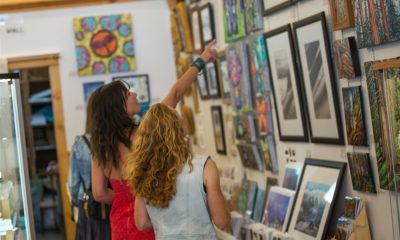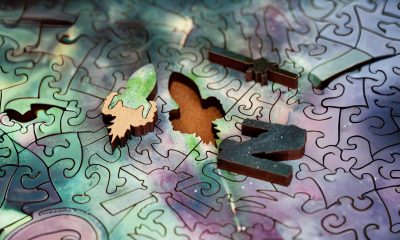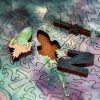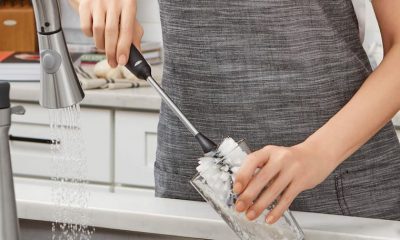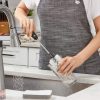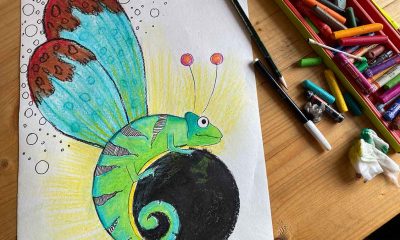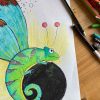Arts & Entertainment
A Beginner’s Guide To Mastering Watercolor
“If I could say it in words there would be no reason to paint.”- Edward Hopper
Painting is an art form that’s been around for thousands of years. It’s endless and everlasting. There are many forms of painting but one is well worth learning. That is watercolour. This form of art speaks when words can not. Let’s see a beginner’s guide to mastering watercolour. You will feel confident to try and perhaps find a new career or hobby.
Materials For Watercolour
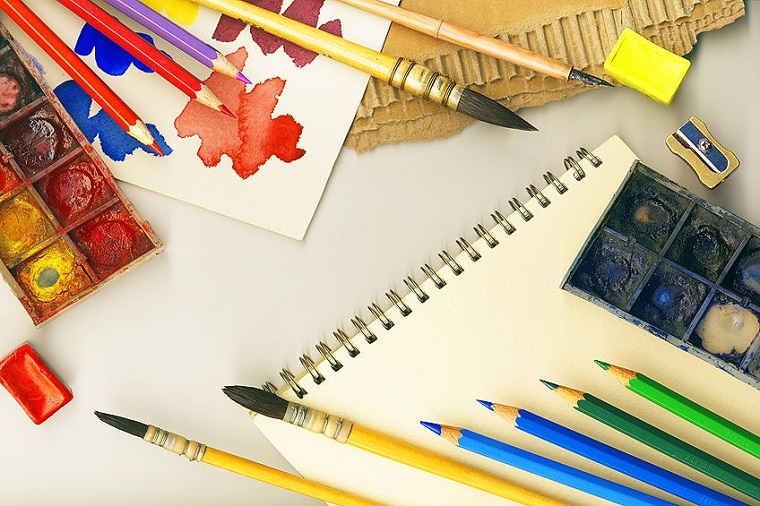
There are many ready-made watercolour kits to choose from. Perhaps you had one as a kid with a plastic brush with plastic bristles and chalk-like paint. What kind of painting did you do then? Maybe it was a painting of your family or flowers. Now you are here to draw more than your name as art. It’s time to upgrade.
Thankfully there are more quality watercolour supplies around than when we were kids. However, let’s break down the things you want to make sure you have. Remember to choose better quality materials for results of quality for something you will be proud to show off. Start by getting:
- A water color pencil kit – It’s a must to create the base. This essential supply will allow you to create solid sketches and ideas before you lay paint on water, and then paper. You can use watercolor pencils to create bold lines by dipping them in water first. If you desire thinner, soft lines then you only need to dampen the pencils with a cloth.
- Watercolour paint – You shouldn’t skim out here on quality. Start with the basics such as white, red, yellow, blue and black paint. These can be mixed to create hundreds of other colours.
- Paint Palette – This is used to mix your different colours. Depending on your preference and whether or not you want to invest in yet another supply, this can be anything flat such as an old plate.
- Watercolour Paper – This is an essential part of your painting to be successful. No, any old printer or construction paper will not do. This is because watercolour paper absorbs the moisture of watercolours, leaving you with a bright painting. It is designed to hold water with its thickness and rougher surface.
- Glass Jar – Any container will do such as an old cup to keep your brushes clean. While you swap colours, it’s perfect to have two jars with you. One for dirty and another for clean water.
- Paper – This is for you to avoid too many uh oh’s. Tissue paper is also out to use for this while it is thinner. By testing out your new creation of water color pencil and paint creations, this is the best way to avoid happy little mistakes.
- Brushes – Synthetic brushes are a great upgrade because they last long but still have a soft touch. Start with these three basic designs:
- Round brush – this is used to make lines as it has a pointy tip.
- Flat brush – this is used to define edges and to put water on the paper as you may want to allow certain paints to bleed together.
- Thin brushes – these have a pointed end but are ideal for super fine lines and getting your masterpiece more defined.
How to Start Painting?
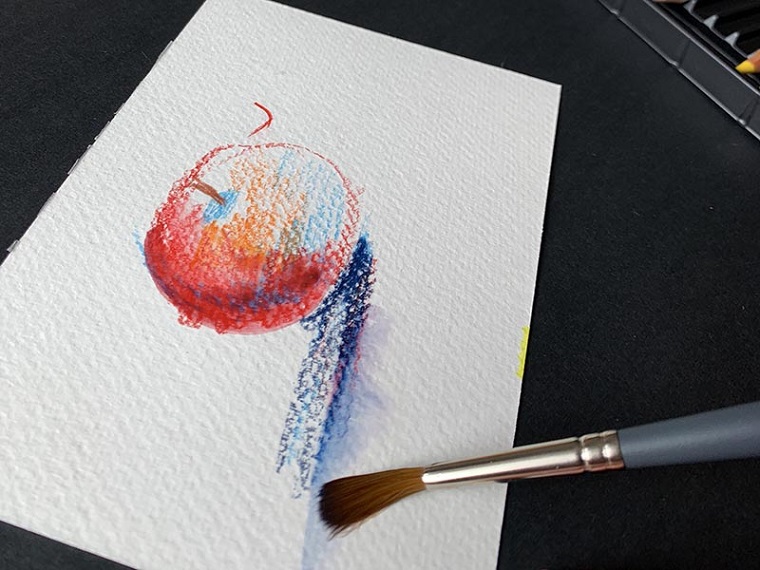
Start with creating a sketch to solidify your new piece. You may use those handy dandy watercolor pencils for this. You can create a guide on a different paper or a light sketch on your canvas.
- Always work from light to dark colours. Take your time to gradually introduce darker colours into the painting.
- For an explosive effect with colour, add wet to wet by wetting the paper first then adding colour. This effect can still be controlled by how much paint you use.
- For a dry method, you can simply create your colour choice and then slowly incorporate it on the complete surface of your painting. This is a good idea for background should you want to make a nighttime or sunrise painting.
- Don’t be afraid if your colours may bleed together by accident. This is one of those happy mistakes that add more creativity to a piece.
Things to Remember:
- If you use more water, you will have a lighter shade.
- Try not to overuse the water.
- Don’t use every colour in your palette at once. These colours can easily bleed together and create a not-so-beautiful brown blob.
- Create a sample sheet of colours you have mixed to know how they end dry.
- Watercolour is transparent so it’s hard to fix mistakes. Take your time with your painting.
Beginner-Friendly Watercolour Ideas
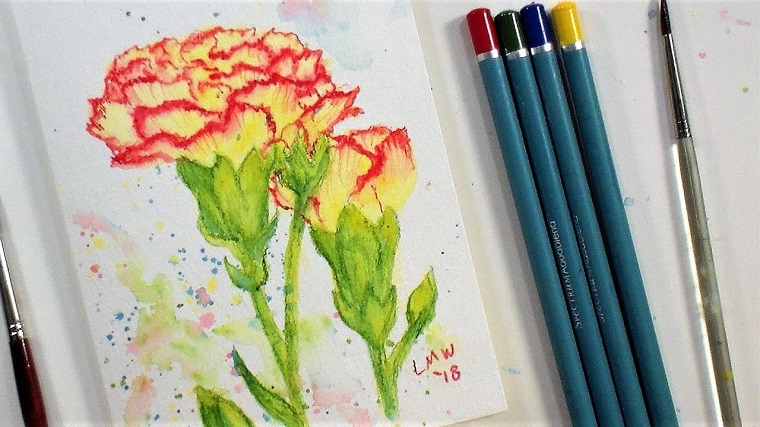
Now that you have all the materials and the concept of how to paint, it’s time for some action. Will your first painting, be a starry night? Or maybe a summer flower? I suggest following a tutorial online with a step-by-step guide and a video to follow through and get more inspiration and insight. One of my favourite watercolour ideas is fruits and vegetables. These have a simple shape and you can easily learn the techniques to master each shade. Once your artwork is done, hang it somewhere in your home for all to see.
Have Fun
As a famous painter once said, “There are no mistakes, just happy accidents.” So as you begin your new hobby, take your time working on the skill, and have fun with the mistakes. Be patient with yourself and enjoy the peace that comes from painting.
Writing for the blog since 2012, Chris simply loves the idea of providing people with useful info on business, technology, vehicles, industry, sports and travel – all subjects of his interest. Even though he sounds like quite the butch, he’d watch a chick flick occasionally if it makes the wife happy, and he’s a fan of skincare routines though you’d never have him admit that unless you compliment his impeccable skin complexion.

